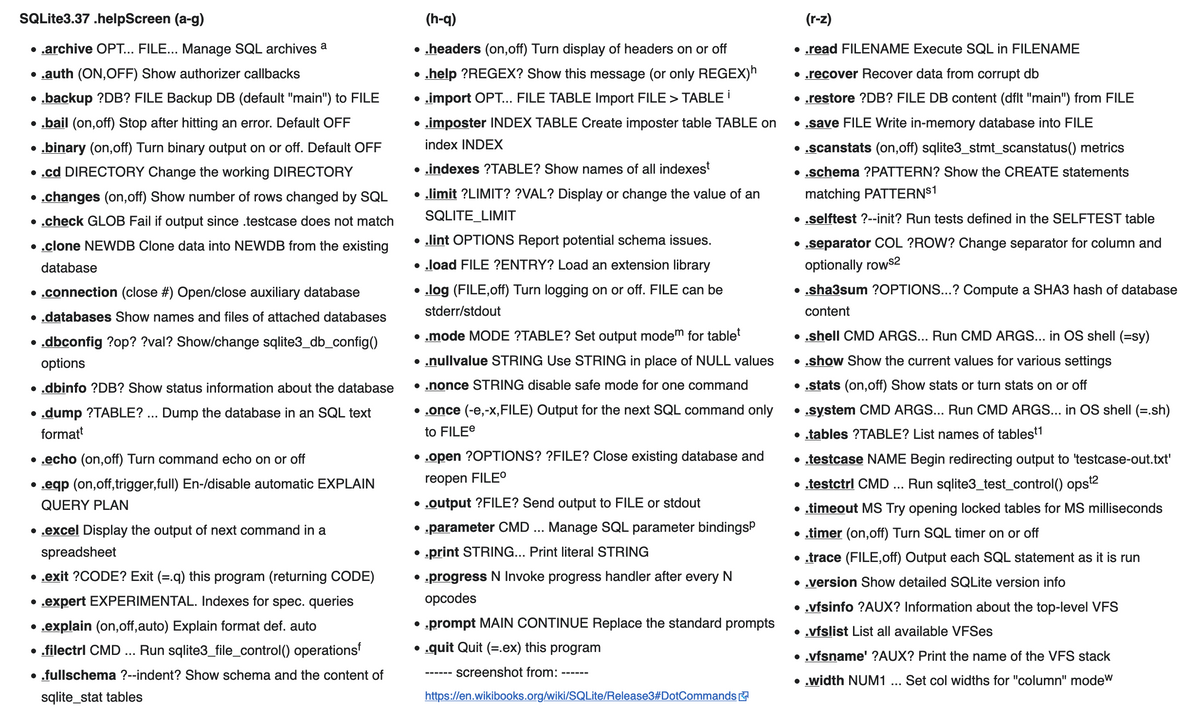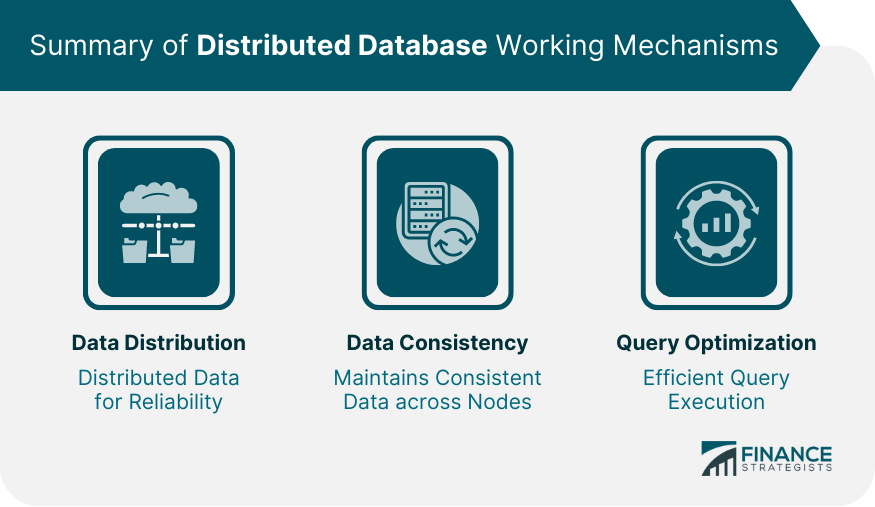Overview
Introduction to database performance tuning
Database performance tuning is a critical aspect of optimizing the efficiency and speed of a database system. It involves adjusting various parameters and configurations to enhance the performance of database operations. The goal of performance tuning is to minimize response times, maximize throughput, and improve overall system efficiency. By fine-tuning database parameters, organizations can achieve better performance, increased scalability, and improved user experience. This article provides an introduction to database performance tuning and highlights the importance of optimizing database parameters for better performance.
Importance of fine-tuning database parameters
Fine-tuning database parameters is crucial for achieving better performance in database systems. When it comes to managing large amounts of data and handling complex queries, optimizing the configuration parameters of the database becomes essential. By fine-tuning these parameters, database administrators can optimize resource allocation, improve query execution time, and enhance overall system efficiency. This process involves carefully adjusting parameters such as buffer size, cache size, connection pool settings, and query optimizer statistics. It requires a deep understanding of the database system and its workload characteristics. Through meticulous analysis and experimentation, administrators can identify the optimal parameter values that align with the specific requirements of their applications. The importance of fine-tuning database parameters cannot be overstated as it directly impacts the performance, scalability, and reliability of the database system.
Goals of fine-tuning database parameters
Fine-tuning database parameters is a crucial step in optimizing the performance of a database. By adjusting various parameters, such as cache size, buffer pool size, and query optimizer settings, it is possible to achieve significant improvements in database performance. The goals of fine-tuning database parameters include maximizing throughput, minimizing response time, and improving overall system efficiency. By fine-tuning these parameters, organizations can ensure that their databases are running at peak performance, delivering fast and reliable access to data.
Understanding Database Parameters
What are database parameters
Database parameters are settings that define the behavior and performance of a database system. They control various aspects such as memory allocation, disk usage, and query optimization. By fine-tuning these parameters, database administrators can optimize the performance of their database systems and improve SQL performance. When it comes to improving SQL performance, database parameters play a crucial role. They allow administrators to configure the database to best suit the specific workload and requirements of their application. By adjusting parameters such as buffer size, query timeout, and indexing strategy, administrators can enhance the efficiency and responsiveness of their SQL queries. This ultimately leads to faster query execution and improved overall performance.
Types of database parameters
There are different types of database parameters that can be fine-tuned to improve the performance of a database system. One important type of parameter is the MariaDB Query Analyzer, which analyzes the queries executed on the database and provides recommendations for optimization. By using the MariaDB Query Analyzer, database administrators can identify slow queries, inefficient indexes, and other performance bottlenecks, and take appropriate actions to improve the overall performance of the database system. Fine-tuning database parameters, including the MariaDB Query Analyzer, is essential for achieving better performance and ensuring efficient use of system resources.
Impact of database parameters on performance
The performance of a database is greatly influenced by the configuration of its parameters. Database parameters control various aspects of the database engine, such as memory allocation, query optimization, and disk I/O. Therefore, fine-tuning these parameters is crucial for achieving optimal performance. In the case of SQL Server, the impact of database parameters on performance is particularly significant. SQL Server performance can be greatly improved by adjusting parameters like max server memory, query timeout, and parallelism settings. By carefully configuring these parameters, database administrators can ensure that the SQL Server performs efficiently and delivers fast query response times. This article explores the impact of database parameters on SQL Server performance and provides insights into how to fine-tune these parameters for better overall performance.
Identifying Performance Bottlenecks

Monitoring database performance
Monitoring database performance is crucial for maintaining optimal system performance. By regularly monitoring key performance indicators such as response time, throughput, and resource utilization, administrators can identify and address potential bottlenecks or performance issues. This proactive approach allows for timely adjustments to database parameters, such as memory allocation, query optimization, and indexing strategies, to ensure optimal performance. Additionally, monitoring database performance provides valuable insights into workload patterns, allowing administrators to make informed decisions about capacity planning and resource allocation. Overall, effective monitoring of database performance is essential for maximizing system efficiency and delivering a seamless user experience.
Analyzing performance metrics
Analyzing performance metrics is a crucial step in fine-tuning database parameters for better performance. It involves closely examining various metrics to identify areas of improvement. One key aspect of performance analysis is working with the SQL execution plan. The SQL execution plan provides valuable insights into how the database engine is executing the queries and can help identify bottlenecks and optimization opportunities. By analyzing the SQL execution plan, database administrators can make informed decisions about parameter adjustments and query optimizations to enhance performance. This process requires a deep understanding of the database system and its underlying architecture. It is an iterative process that involves analyzing the execution plan, making adjustments, and re-evaluating the performance metrics to ensure continuous improvement.
Identifying bottlenecks using profiling tools
Profiling tools are essential for identifying bottlenecks in a database system. By analyzing the performance of various database parameters, these tools provide valuable insights into areas that need improvement. With the help of profiling tools, database administrators can pinpoint specific queries or operations that are causing slowdowns or inefficiencies. This allows them to fine-tune the parameters related to these bottlenecks, resulting in better overall performance. By identifying and addressing these bottlenecks, organizations can ensure that their database systems operate at optimal levels.
Optimizing Database Parameters
Choosing the right parameter values
Choosing the right parameter values is crucial for optimizing database performance. One of the key factors to consider is database indexing. Indexing plays a vital role in improving query performance by allowing the database to quickly locate and retrieve the relevant data. By properly configuring the indexing parameters, such as choosing the appropriate columns to index and selecting the right index types, you can significantly enhance the efficiency of your database queries. Additionally, regularly monitoring and fine-tuning the indexing parameters based on the specific workload patterns can further improve the overall performance of the database.
Testing and benchmarking parameter changes
Testing and benchmarking parameter changes is a crucial step in fine-tuning database parameters for better performance. It allows developers and database administrators to evaluate the impact of different parameter settings on the overall performance of the database. By conducting thorough tests and benchmarks, they can identify the optimal configuration that maximizes the efficiency and responsiveness of the database. This process often involves using database optimization tools to analyze and optimize the performance of the database. These tools provide valuable insights and recommendations for parameter adjustments, helping to achieve optimal performance and enhance the user experience.
Implementing parameter changes
Implementing parameter changes is a crucial step in fine-tuning the performance of a database. By making strategic modifications to the database parameters, administrators can optimize the system to deliver better performance and efficiency. One important tool in this process is the MySQL Enterprise Edition, which provides advanced features and tools for managing and optimizing MySQL databases. With the MySQL Enterprise Edition, administrators can easily adjust various parameters such as buffer sizes, query cache settings, and thread concurrency to improve the overall performance of the database. By leveraging the power of MySQL Enterprise Edition, organizations can ensure that their databases are running at peak efficiency and delivering optimal performance for their applications.
Measuring Performance Improvements
Performance testing methodologies
Performance testing methodologies involve evaluating the efficiency and effectiveness of a system under specific conditions. These methodologies help identify potential bottlenecks, optimize resource allocation, and improve overall performance. Various techniques are used in performance testing, such as load testing, stress testing, and endurance testing. Load testing involves simulating multiple users accessing the system simultaneously to determine its response time and scalability. Stress testing evaluates the system’s stability and performance under extreme conditions, such as high traffic or resource constraints. Endurance testing assesses the system’s ability to handle sustained workloads over an extended period. By employing these methodologies, organizations can fine-tune their database parameters to achieve better performance.
Comparing performance before and after parameter changes
After making parameter changes in the database, it is crucial to evaluate the impact on performance. In the case of MongoDB, comparing the performance before and after these changes is essential to determine the effectiveness of the adjustments. By analyzing key metrics such as query response time, throughput, and latency, it becomes evident whether the fine-tuning has resulted in better performance or not. This evaluation allows database administrators to make informed decisions and further optimize the database configuration if necessary.
Analyzing performance metrics post-optimization
After fine-tuning the database parameters for better performance, it is essential to analyze the performance metrics post-optimization. This analysis provides valuable insights into the effectiveness of the optimization techniques employed. One crucial aspect of this analysis is the comparison of performance metrics before and after the optimization process. By comparing these metrics, it becomes possible to quantify the improvements achieved and identify any areas that may require further optimization. The comparison allows for a comprehensive understanding of the impact of the parameter adjustments on the overall performance of the database system. Furthermore, it enables the identification of specific areas where the optimization efforts have yielded the most significant benefits. Through this analysis, organizations can make informed decisions regarding future optimization strategies and prioritize areas that require further attention.
Conclusion
Summary of the importance of fine-tuning database parameters
Fine-tuning database parameters is crucial for optimizing the performance of a database. By adjusting various parameters, such as buffer size, query optimizer settings, and concurrency control, database administrators can improve the overall efficiency and responsiveness of the system. One of the key aspects of fine-tuning is concurrent performance tuning, which focuses on optimizing the database’s ability to handle multiple simultaneous transactions. This involves configuring parameters related to locking, isolation levels, and resource allocation to ensure that the database can effectively handle concurrent requests without sacrificing performance. With proper fine-tuning of database parameters, organizations can achieve better performance and scalability, resulting in improved user experience and increased productivity.
Key takeaways
In the article “Fine-Tuning Database Parameters for Better Performance”, the key takeaways are focused on improving query performance. By fine-tuning database parameters, developers can optimize the performance of their queries and enhance the overall efficiency of the database system. This can be achieved by adjusting factors such as buffer size, indexing strategies, and query optimization techniques. By implementing these optimizations, developers can significantly reduce query response time and improve the overall user experience. To learn more about these techniques, check out the article for detailed insights and practical examples.
Future considerations for ongoing performance optimization
When considering future considerations for ongoing performance optimization, it is crucial to focus on the database servers. Database servers play a critical role in the overall performance of an application. Fine-tuning the parameters of the database servers can significantly improve the performance and efficiency of the system. By carefully analyzing and adjusting the database server parameters, organizations can optimize resource allocation, query execution, and data retrieval. This, in turn, leads to faster response times, reduced latency, and improved scalability. Therefore, it is essential to continuously monitor and fine-tune the database server parameters to ensure optimal performance and meet the evolving needs of the application.







